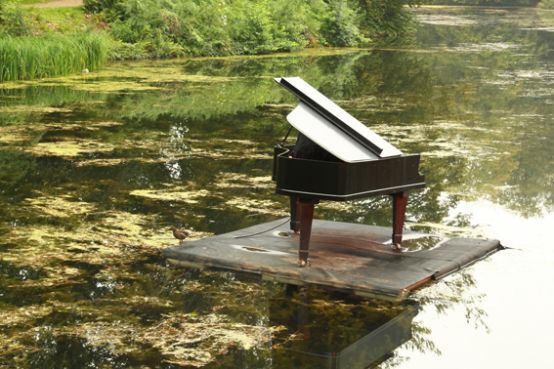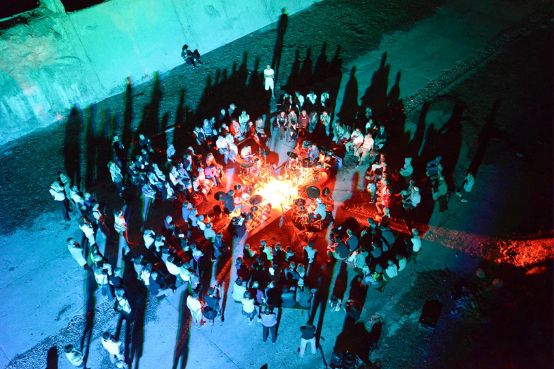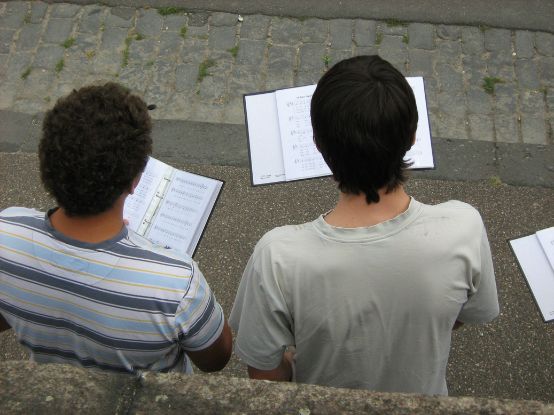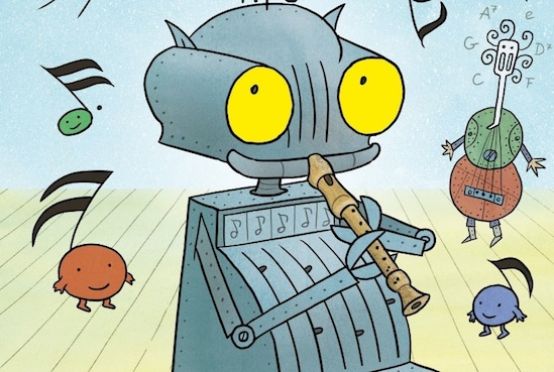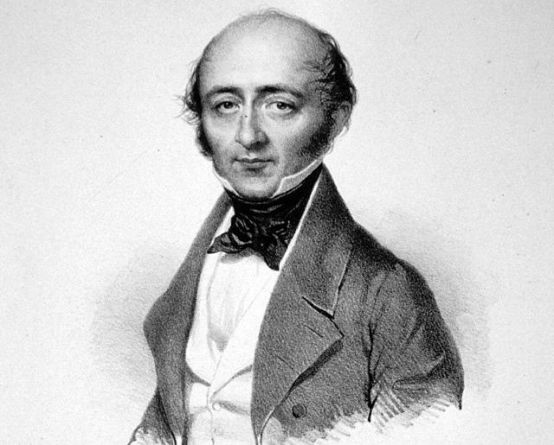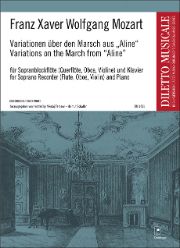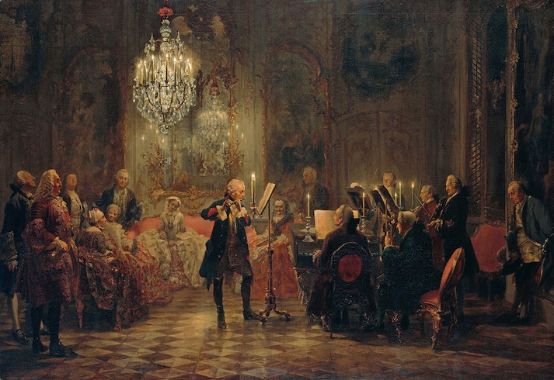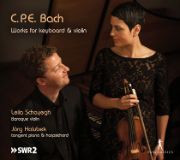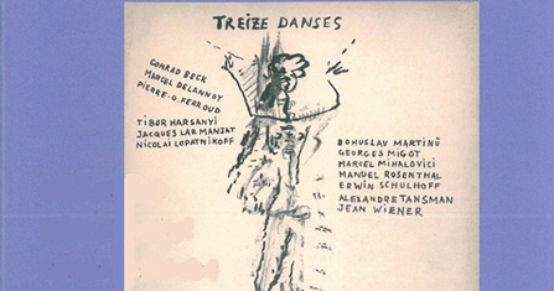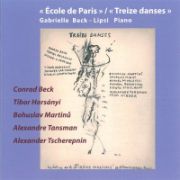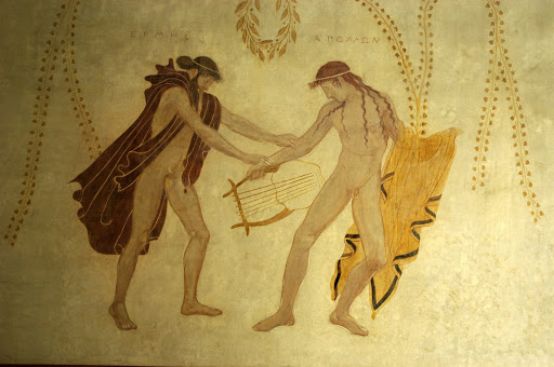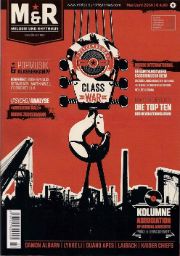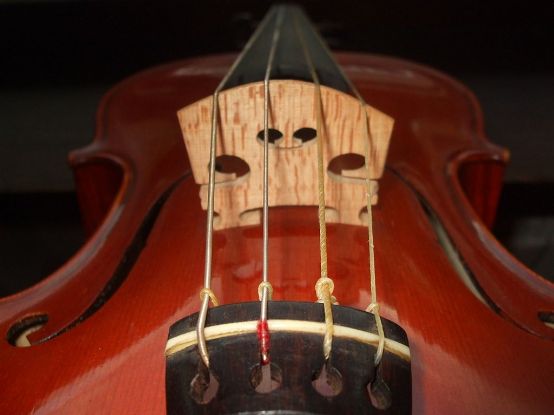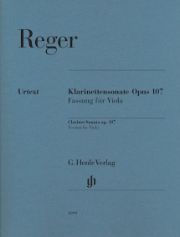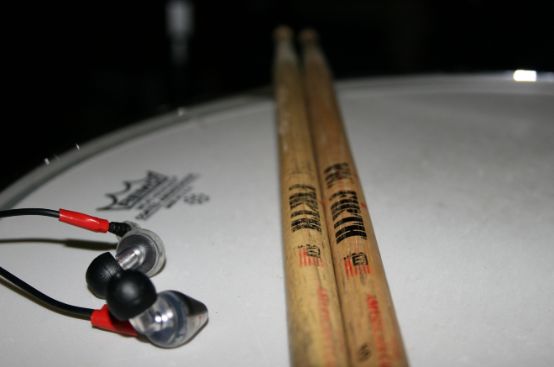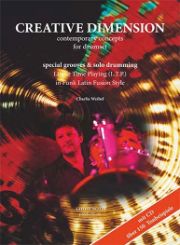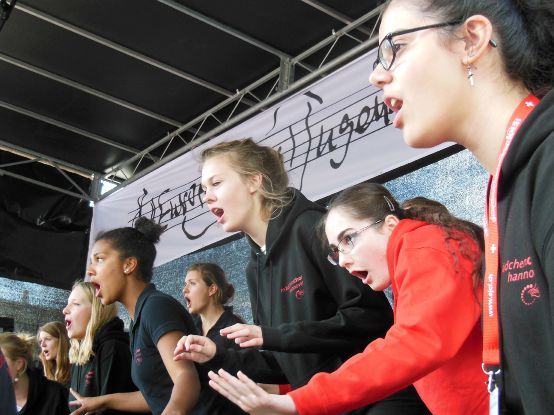Music is an ancient way of training people's ability to resonate. Even in early times in Tibet, Egypt and Ancient Greece, music was used for healing. Sounds have a direct effect on the entire organism via the ear (and its nerve connections to the brain) - in clinical psychology there is the saying: "Every illness has a cerebral dominance". Novalis writes about the healing power of music: "Every illness is a musical problem, the cure a musical resolution".1
The relationship of energies between music and the body
Today's scientific findings increasingly confirm what was lived and taught as intuitive knowledge in earlier cultural epochs of humanity. It is becoming clear that all life processes are interlinked and are related to each other and interact with each other through a uniform basis, which used to be called etheric energy and is now called life energy. For this reason, each system can communicate with another. This situation also makes it much clearer what music can have in common with humans. While this was previously an interest of philosophy and aesthetics, it is now increasingly becoming an interest of science.
The power and magic, the tremendous energy of music, which can move the masses, is becoming a field of scientific research. Above all, of course, the search is on for new therapeutic possibilities, but not least also for new potentials of power, which can be clearly seen in the music market and advertising. But preachers of new religions in America have also rediscovered the power of music as an instrument of collective unity.
It therefore seems all the more important for musicians in particular to penetrate the energetic world of music in order to take responsibility for such a powerful instrument. Theoretically, there have been very good and new approaches to understanding the inner nature of music in the recent past, especially from the ranks of anthroposophists. We owe valuable insights to these musicians and researchers, most of whom drew their inspiration from the study of earlier cultural epochs.
Modern brain research reveals that all processes in our body, including biochemical processes, are determined by our thoughts, feelings and perceptions and are influenced by consciousness. There are no separations. Mind and body are one. In the body we find a union of different levels of consciousness. All phenomena of the cosmos are permeated by the energy information fields that constantly flow through it. All beings are connected and in contact with each other through this constant, present energy, also known as ether.
Activate your self-healing powers
Every life arises through a process of self-creation and organizes itself. By living it, we create our own world. How we experience the world, even in our physical being, depends on how we have learned to perceive the world through our senses in the course of our lives. How we perceive reality and the world is therefore an empirical process.
Our brain consists of three types that have developed over the course of evolution. The oldest type is called the reptilian brain or reptilian complex, followed by the limbic system, which corresponds to the lower mammals. These two brain types control our main program, genetics. Our Reason program is referred to as a secondary program, is relatively young in its development and is located in the cerebral cortex. All three brain types are said to have their own intelligence, subjectivity and memory.
The applied art of music healing aims to activate and connect those areas of the brain that are responsible for self-healing. It is precisely these areas that are the seat of our creativity. The healing effect of music can be used in a targeted manner by putting together individualized music programs for active listening and simultaneous stress relief, which are four to eight times more effective than conventional medication - as the World Health Conference's stress conference showed.
When we examine the structural elements and the healing dimensions in music, we discover the trinity of the principle of life: namely the rhythm of life, the melody of life and the harmony of life. Or as Ludwig van Beethoven said: "Music mediates between the spiritual and the sensory world."
Since we as persons (personare = to sound through) can refine our ability to resonate by training our senses, we open our perception to the healing qualities of music. When we consciously use all our senses, our lives become sensible.
Applied music healing
Wenzel Grund's newly developed concept of Applied Music Healing Art is based on his wealth of experience as a music kinesiology trainer, musician, teacher and therapist. For many years he has successfully practiced and taught music kinesiology as a holistic method for a stress-free and creative approach to the music profession. From this he has developed new, immediately practicable ways of experiencing and specifically applying the healing effects of music.
The new training series on the applied art of music healing is offered at the IAK kinesiology institute in Kirchzarten near Freiburg i. B. (www.iak-freiburg.de).
The seminars are suitable for music teachers, stage artists, therapists and all music-loving people who want to experience further training, deepen their knowledge and broaden their horizons or who want to open up an exciting new professional field.
1 Proof of citation: Novalis Schriften, edited by Ludwig Tieck and Fr. Schlegel, Fünfte Auflage, Zweither Theil, Berlin Verlag von G. Reimer, 1837, page 168 (Fragmente vermischten Inhaltes, I Philosophie und Physik).
